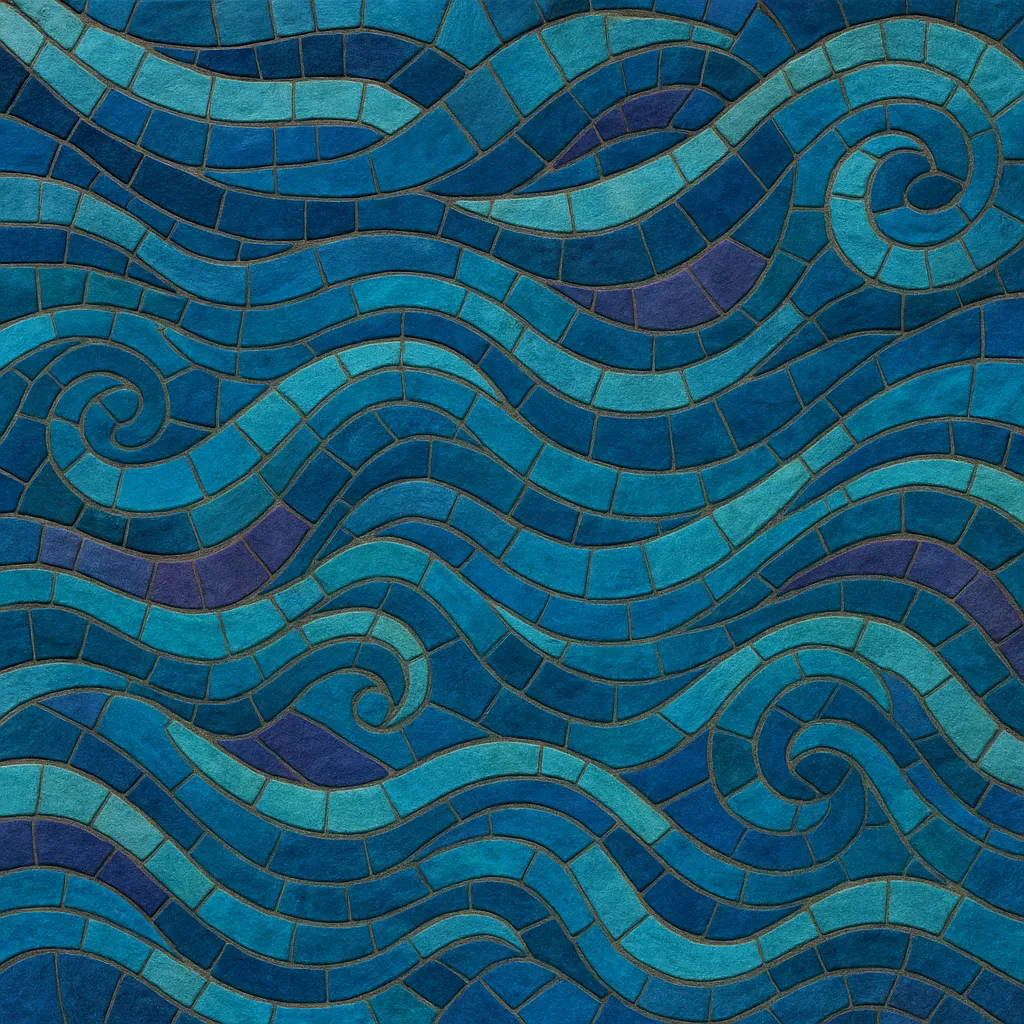
Liquid riddim is a melodic, atmospheric strain of riddim dubstep that fuses the sparse, half‑time bounce and call‑and‑response bass writing of riddim with the lush pads, emotive chord progressions, and airy textures of liquid drum and bass.
Compared with heavier festival riddim, liquid riddim favors fluid, legato bass timbres, glassy arpeggios, and generous reverb and delay. The result is a sound that remains dance‑floor friendly at 140 BPM yet leans introspective, dreamy, and sentimental, often using water‑like foley, silky supersaw layers, and soft vocal chops to enhance its “liquid” aesthetic.
Liquid riddim’s DNA traces to two parallel lineages: riddim (a minimalist, pattern‑driven branch of dubstep that took off in the mid‑2010s) and liquid drum and bass (early‑2000s DnB favoring soulful harmony, smooth pads, and gentle vocals). Producers inspired by both began experimenting with chord‑rich drops and softer sound design while keeping riddim’s half‑time swing and sub‑focused structure.
As online bass communities, Discord servers, and YouTube/SoundCloud channels clustered around melodic riddim and color‑forward bass, the term “liquid riddim” started to circulate informally for tracks that clearly borrowed liquid DnB’s harmony and ambience without abandoning riddim’s skeletal drums and phrasing. Serum‑centric sound design, water/foley textures, and add9/11 chord colors became common identifiers.
By the early‑to‑mid 2020s, playlists, mix series, and small labels pushed the tag more consistently. The style cross‑pollinated with melodic dubstep, color bass, and wave, producing tracks that sat comfortably in both club and headphones contexts. While still niche, liquid riddim developed recognizable conventions—clean half‑time drums, chordal bass writing, emotive breakdowns, and fluid, reverb‑washed atmospheres—marking it as a distinct, modern branch of the riddim ecosystem.

